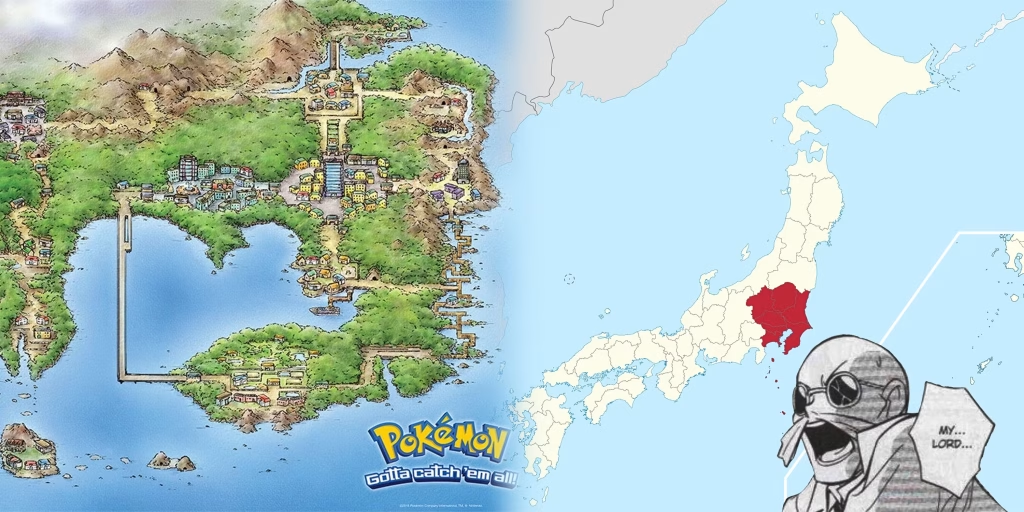The world of Pokémon is more than just a universe of imaginative creatures — it’s also a reflection of Japan’s deep-rooted folklore and mythology.
Introduction
Pokémon, the globally beloved franchise, draws inspiration from many cultural and mythological sources. One of its richest influences is traditional Japanese folklore, which has shaped the design, personality, and stories of numerous Pokémon.
In this first article, we’ll explore 12 Pokémon and the fascinating myths behind them.
1. Ninetales
Ninetales, a graceful Fire-type Pokémon, is inspired by the Japanese kitsune — mythical foxes believed to possess intelligence, magic, and multiple tails. The most powerful kitsune are said to have nine tails, just like Ninetales.


2. Gyarados
Gyarados, a terrifying Water/Flying-type Pokémon, originates from the legend of the Dragon Gate. According to this myth, carp that leap over the Dragon Gate waterfall transform into mighty dragons. Gyarados’ serpentine form and aquatic nature reflect this iconic story.


3. Meowth
Meowth, the cheeky Normal-type Pokémon, is based on the maneki-neko, a Japanese figurine commonly found in shops and homes, symbolizing luck and fortune. Its raised paw mirrors the beckoning gesture of the lucky cat.


4. Jynx
Jynx, an Ice/Psychic-type Pokémon, draws inspiration from the Yama-uba, a mountain witch known in folklore for her mystical powers. Jynx’s long hair and kimono-like appearance echo traditional depictions of this eerie figure.
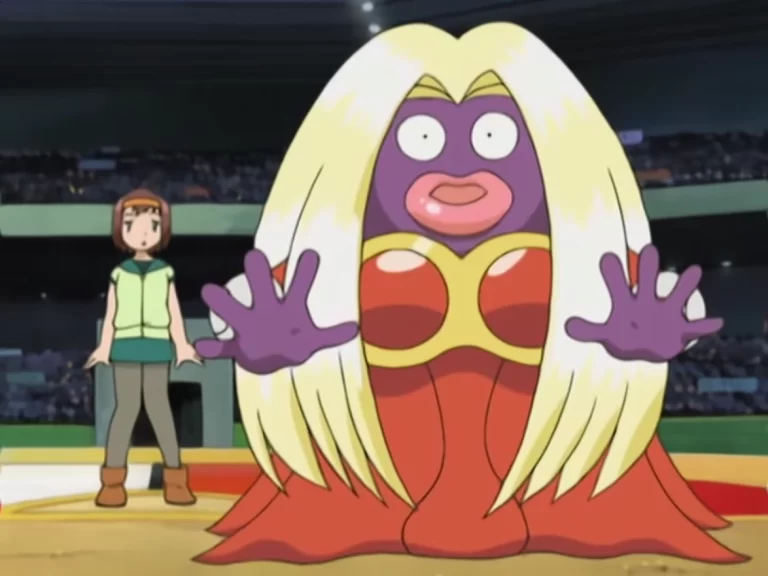

5. Lapras
Lapras, the gentle Water/Ice-type Pokémon, resembles the ningyo, a fish-human creature from Japanese mythology. Ningyo were believed to bring blessings, protection, and longevity — much like the peaceful and friendly Lapras.
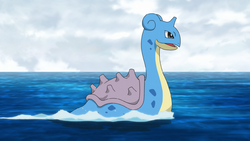

6. Sudowoodo
Sudowoodo, a Rock-type Pokémon that mimics a tree, is inspired by the dorotabō — the spirit of a muddy, abandoned rice field or a petrified tree stump that comes to life. Its appearance perfectly captures the deceptive nature of this creature.


7. Darumaka & Darmanitan
Both Darumaka and its evolution Darmanitan take their design from the traditional daruma doll — a red, round symbol of perseverance and good luck. Their colors and shapes resemble these iconic dolls, which are modeled after Bodhidharma, founder of Zen Buddhism.



8. Chandelure
Chandelure, a Ghost/Fire-type Pokémon, is based on the hitodama — floating fireballs representing the spirits of the dead. These glowing orbs are said to appear near graveyards or in dark forests, much like Chandelure’s haunting presence.


9. Mimikyu
Mimikyu, a Ghost/Fairy-type Pokémon, is inspired by tsukumogami — everyday objects that gain a soul after 100 years. Disguising itself as Pikachu to earn affection, Mimikyu reflects the idea of these spirits imitating familiar or beloved forms.
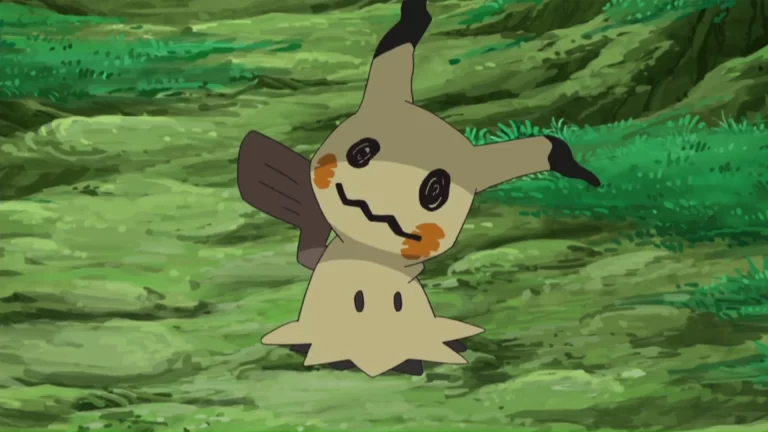

10. Whiscash
Whiscash, a Water/Ground-type Pokémon, is connected to the namazu, a giant catfish believed to cause earthquakes. According to mythology, this catfish lives beneath the earth, and its movements trigger tremors — a perfect match for Whiscash’s nature.


11. Drampa
Drampa, a gentle Normal/Dragon-type Pokémon, is inspired by Ryūjin, the dragon god of the sea. Ryūjin is depicted as a kind guardian of the ocean and its creatures, mirroring Drampa’s protective and serene personality.

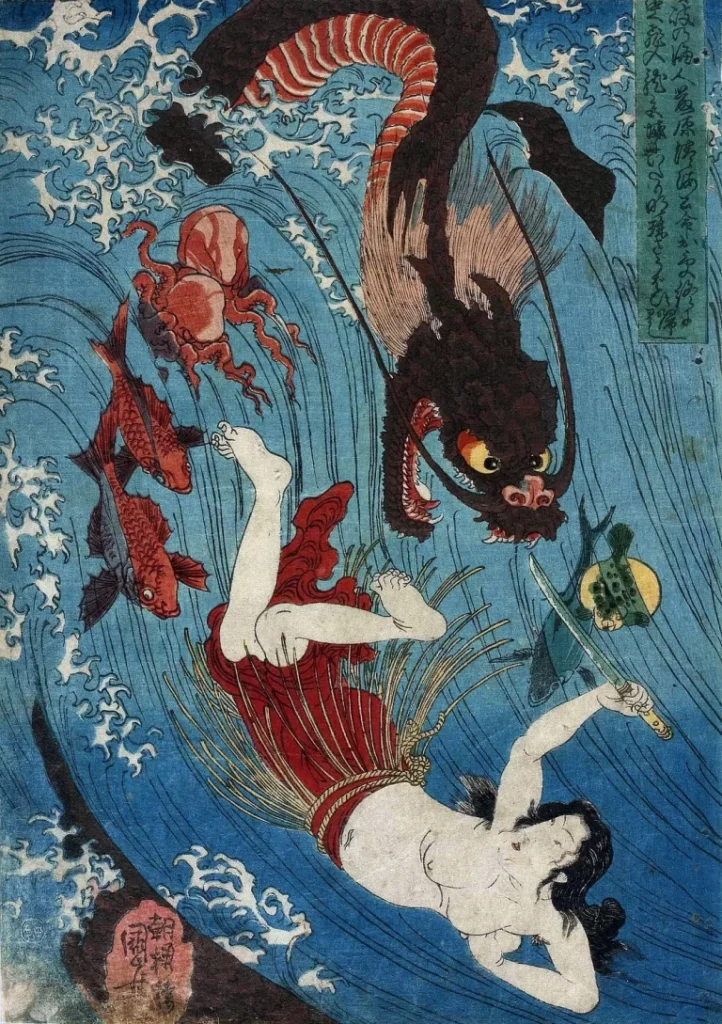
Final Thoughts
The Pokémon universe beautifully intertwines fantasy with Japanese folklore. By exploring these 12 Pokémon and their mythological origins, we gain a deeper appreciation for the creativity and cultural heritage behind the franchise.
This fusion of tradition and imagination not only enriches the world of Pokémon but also highlights the timeless power of storytelling.
Planning a visit to Japan? Don’t miss out on Pokémon Cafés and real-life Pokémon-inspired locations! Stay tuned for Part 2.


